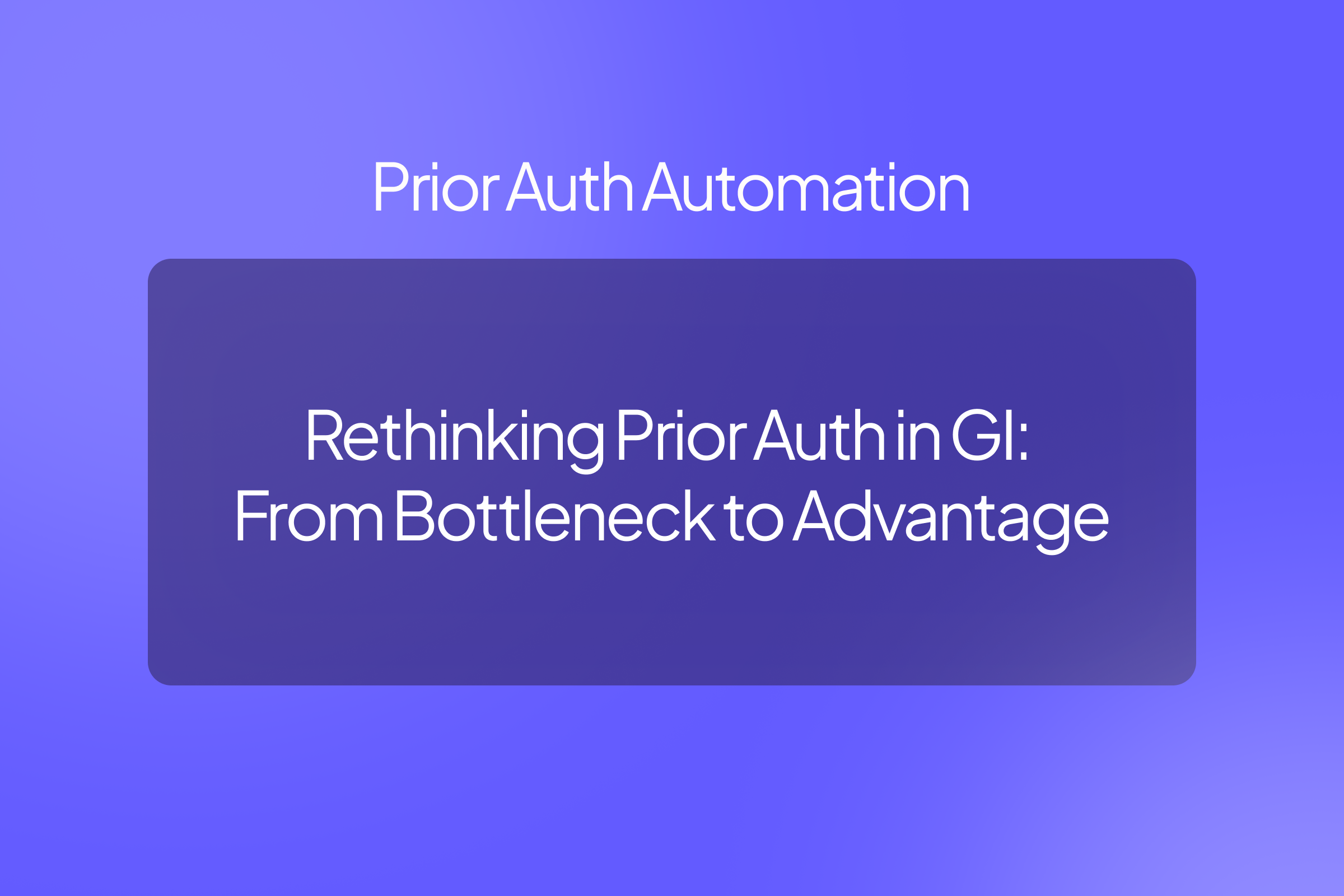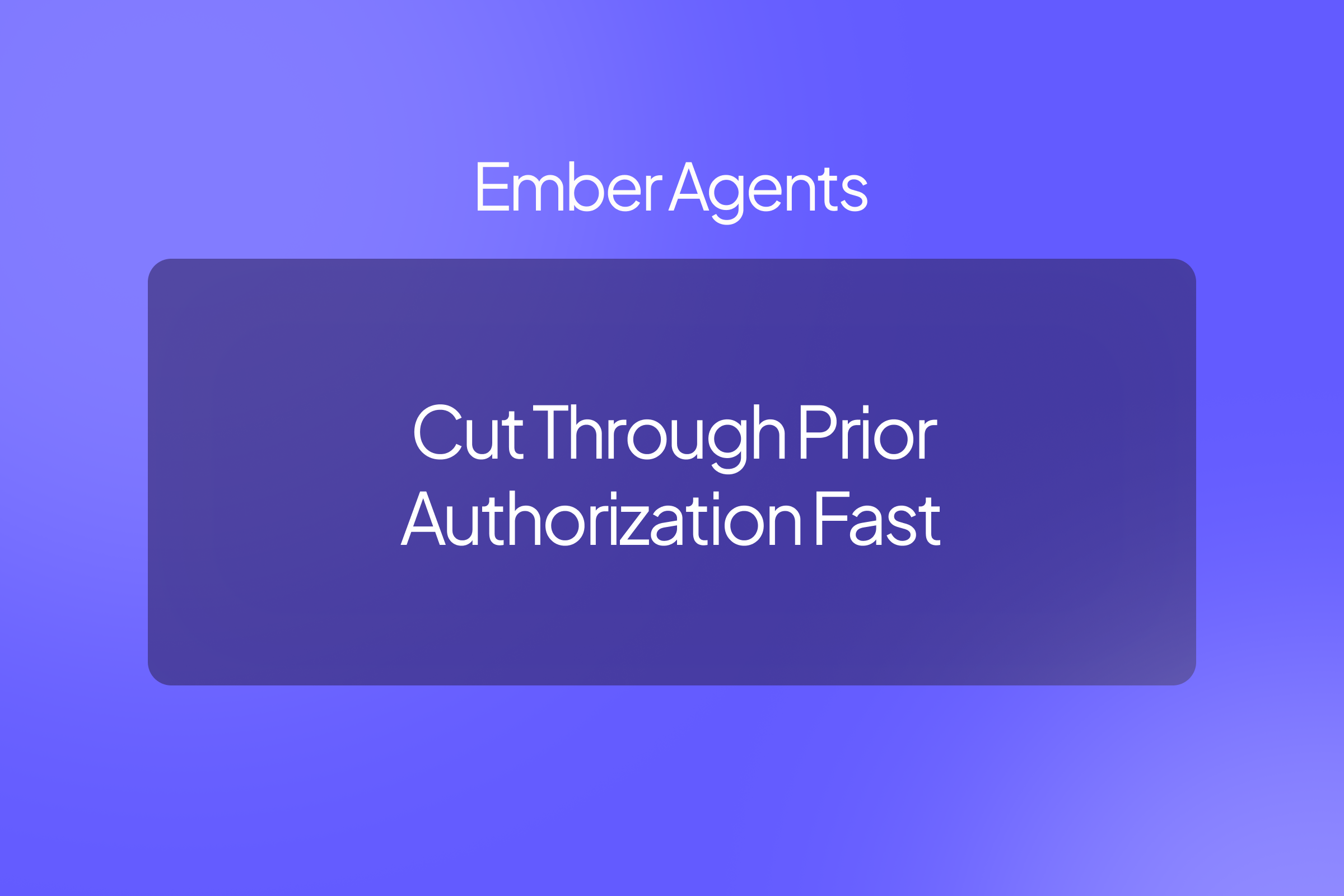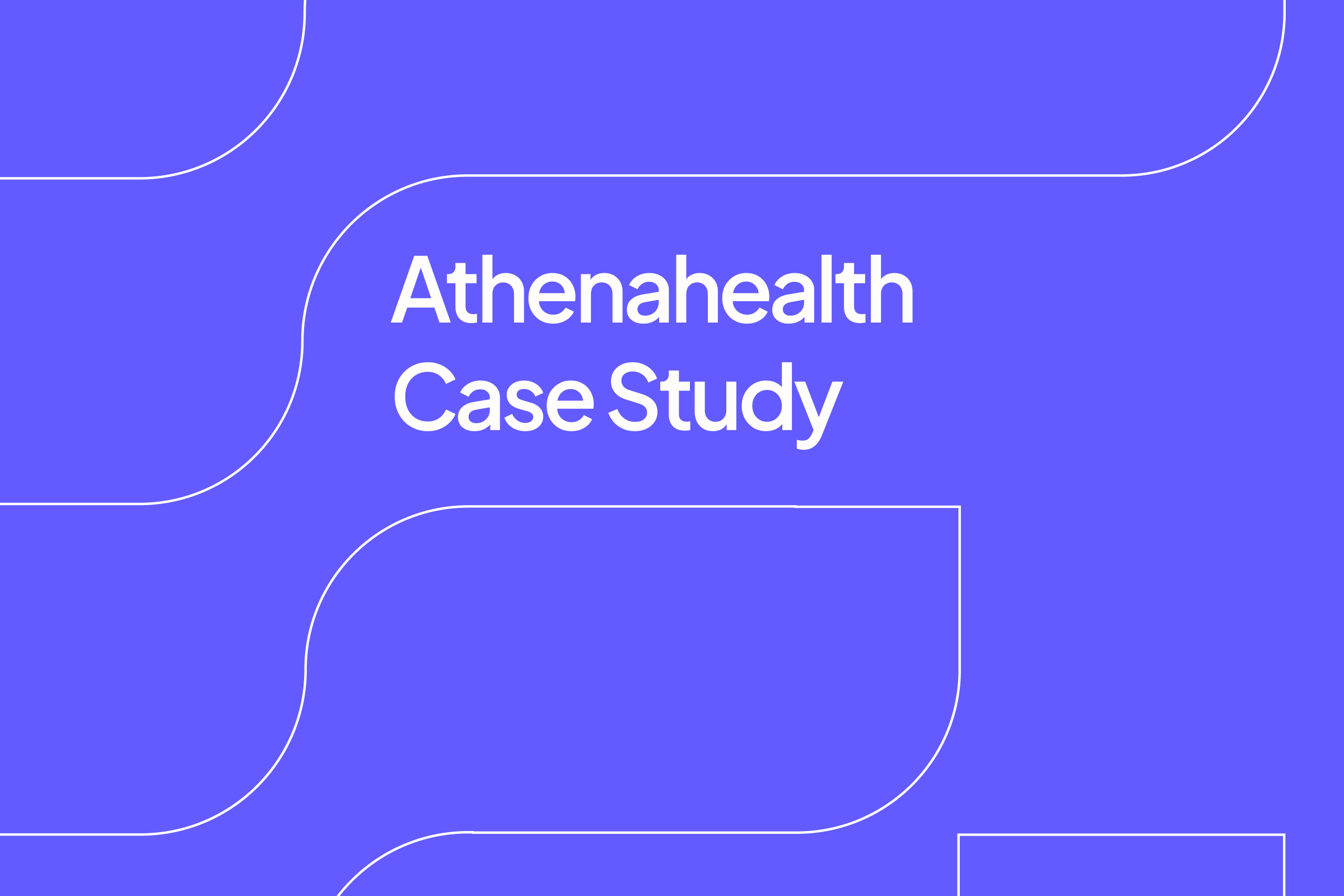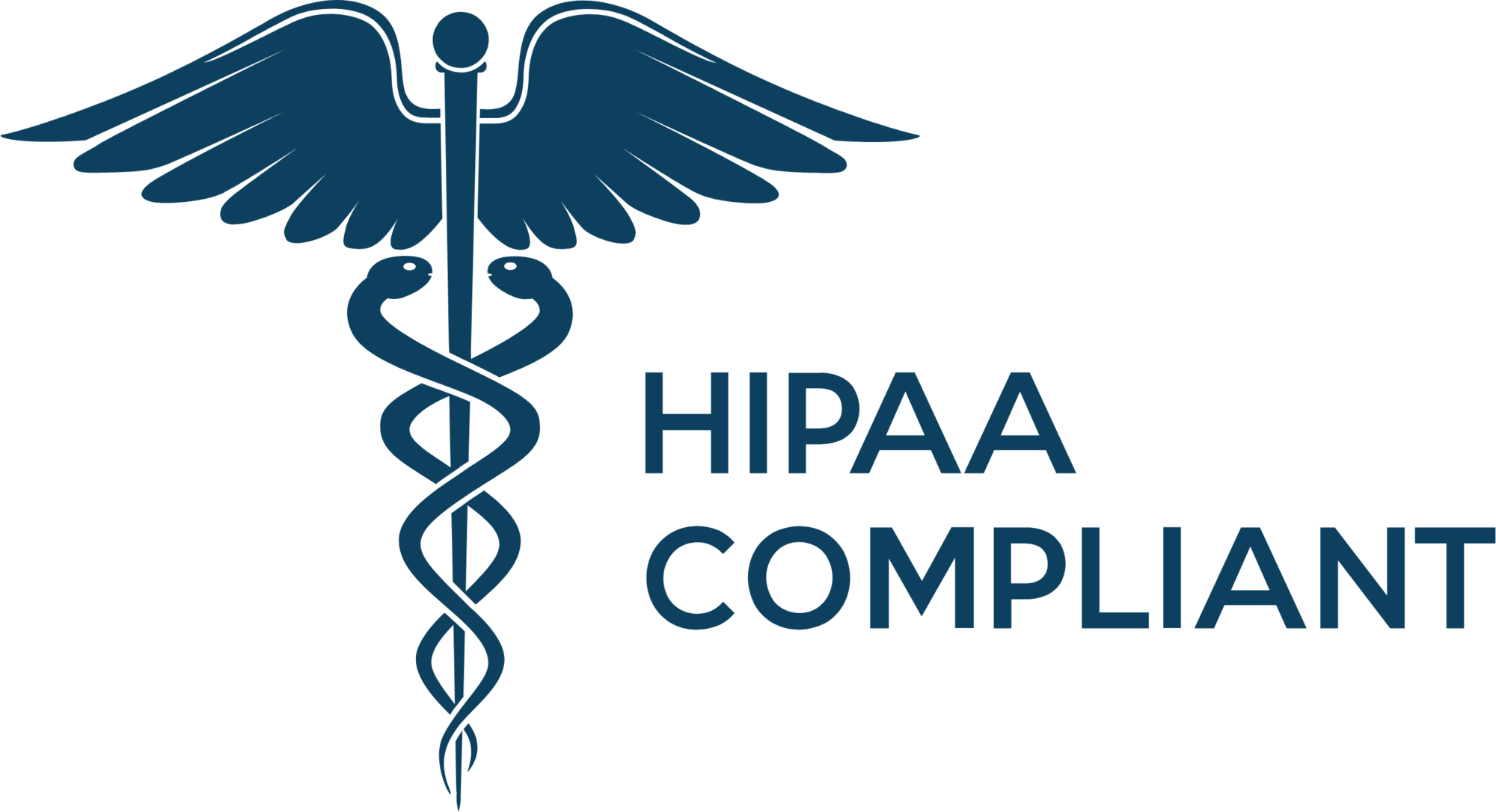
Rethinking Prior Auth in GI: From Bottleneck to Advantage
In GI, prior authorization (PA) often feels like an obstacle: a step that delays scopes, slows down infusion starts, or adds clicks before imaging can be scheduled. But the truth is, PA doesn’t have to be a bottleneck. Managed strategically, it can reduce denials, protect revenue, and keep patients on track for timely care.
Beyond One-and-Done: Why PA Is Ongoing in GI
Unlike other specialties, PA in GI isn’t just a single approval. It shows up at multiple points along the patient journey:
- Endoscopy requests that shift from screening to diagnostic mid-procedure
- Imaging like MRCP or MRI that requires upfront documentation
- Infusion therapies that need re-auth every few months with dose or frequency changes
- Surveillance intervals where payers vary on coverage rules
When teams treat PA as an ongoing process, not a transaction. They’re better positioned to prevent downstream denials and disruptions.
Specialty Guardrails Make the Difference
Most denials in GI aren’t about medical necessity; they come from the fine print: unit caps on biologics, place-of-service requirements for colonoscopies, or shifting rules for infusion renewals. Codifying these nuances into guardrails, instead of relying on staff memory, ensures compliance at scale and minimizes surprises.
Automation That Pays for Itself
The most valuable wins in GI PA come from targeted automation:
- Flagging upcoming expirations before they impact infusion schedules
- Pre-validating claims against payer rules for scopes and infusions
- Reducing manual portal entry for common scenarios
This frees staff to focus on peer-to-peers and complex cases, rather than repetitive status checks.
Measuring Success in GI Terms
Denial rates only tell part of the story. In GI, success means:
- Infusion doses delivered on time
- Scopes starting on schedule, without last-minute cancellations
- Reduced rework on claims and appeals
- Patients staying in-network for follow-up and surveillance
The Takeaway
GI teams that see prior authorization as part of the care lifecycle, not just an administrative checkbox, avoid unnecessary denials, keep schedules intact, and reduce burnout for staff. With the right guardrails, automation, and tracking, PA becomes less about red tape and more about ensuring patients get the care they need, when they need it.
Lynn Hsing is a recognized leader in healthcare marketing. Having worked closely with health systems and providers, Lynn brings a nuanced understanding of the challenges they face — from administrative burden and claim denials to reimbursement delays and staff shortages. This firsthand insight has shaped Lynn’s ability to translate complex AI solutions into meaningful value for healthcare organizations.








